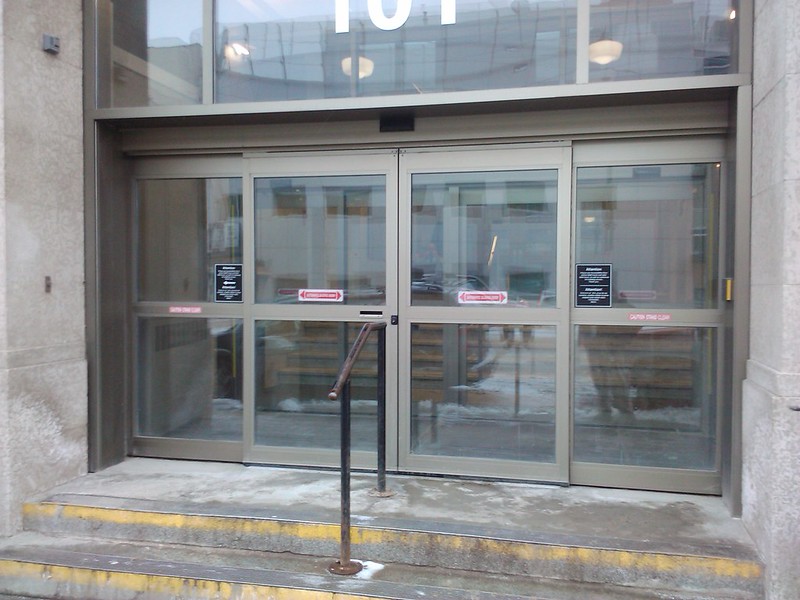Power-operated pedestrian doors offer a range of benefits, including safety, convenience, and energy efficiency. They are also ideal for areas where hygiene control is paramount.
Sensors sense and activate a doorway’s opening and closing operation. They can vary in design, from weight or pressure-sensitive mats to motion sensors.

Safety
Automatic doors provide a stylish and customer-friendly option for entrance and exit that is also compliant with regulations. These powered doorways can be configured to fit a variety of environments and come with a range of safety features to protect customers.
These systems use sensors to detect various things, such as sound, weight, and motion. Some models also have electronic holding beams that require a person to cover with their hand and stand motionless for several seconds to prevent the door from closing.
These devices must be regularly checked and serviced to ensure they function correctly. Industry standards usually stipulate that a trained professional must perform daily safety checks and component inspections. In addition, all powered doors must be marked with appropriate signage that states CAUTION, AUTOMATIC DOORWAY.
Convenience
In high-traffic areas such as shopping centers, airports, and hotels, automatic doors are an integral part of the customer experience. They offer added convenience, improved safety, and a hands-free entrance for all pedestrians, regardless of age or physical capability.
Power-operated doors are designed to open and close automatically for pedestrians based on various sensors such as sound, light, weight, or motion. Some options are even intended to be operated with a touchless entry system that reduces the spread of germs.
Swinging automatic doors come in a wide range of configurations, from single left or right-handed doors that swing into pairs that swing in simultaneously to sliding and folding options. They also provide a solution to meet with Disabilities Act accessibility requirements and comply with building codes.
Energy Efficiency
While they may require a substantial investment upfront, the energy efficiency provided by automated door safety compliance can lead to significant savings in the long run. Reducing air infiltration helps maintain a regulated indoor temperature, lowering heating and cooling costs.
The ability to open and close quickly makes them an excellent choice for businesses with high foot traffic. They are also accessible to customers with mobility issues, promoting inclusivity and accessibility.
In addition, they can be integrated into a fire exit strategy, helping with evacuation while complying with fire door regulations. They can also be made touchless to reduce the spread of germs, which is essential in healthcare facilities and food processing plants. These options can be complemented with sensors that detect movement, enhancing safety.
Reduced Maintenance Costs
As with most power-operated equipment, all powered doors (including sliding, swing, roller shatter and revolving) must be regularly recorded and inspected to show that they comply with Health and Safety legislation and Standards relevant to their specific type of doorway. A basic planned maintenance plan includes daily safety inspections, which can help call attention to minor problems before they become large, costly issues.
Touchless options for your automatic doors provide a sanitary and customer-friendly way to open and exit your building while reducing the risk of germs spreading from person to person. These door systems are also energy efficient, helping to maintain temperature control and lowering your building’s power bill. They can even help you save money by cutting down on air conditioning costs by preventing the loss of cool air.
Reduced Risk
Automatic doors have become a standard in airports, shopping centers, office buildings, and hotels. They provide a seamless, hands-free entry experience for pedestrians and offer a range of benefits, including accessibility, energy saving, and hygiene control.
Newer door systems use sensors to limit any risks associated with the operation of the doors. These can include safety sensors preventing finger entrapment, pocket screens, and the secondary closing edge of the door.
In addition to the above, all power-operated doors must be fitted with warning signs (in the form of a rubber mat) that read “AUTOMATIC DOOR” at a minimum. This is to help prevent any accidents or injuries caused by a person inadvertently activating an automatic door. It also helps to reduce the risk of fire by ensuring that doors open and close more quickly on an escape route.




